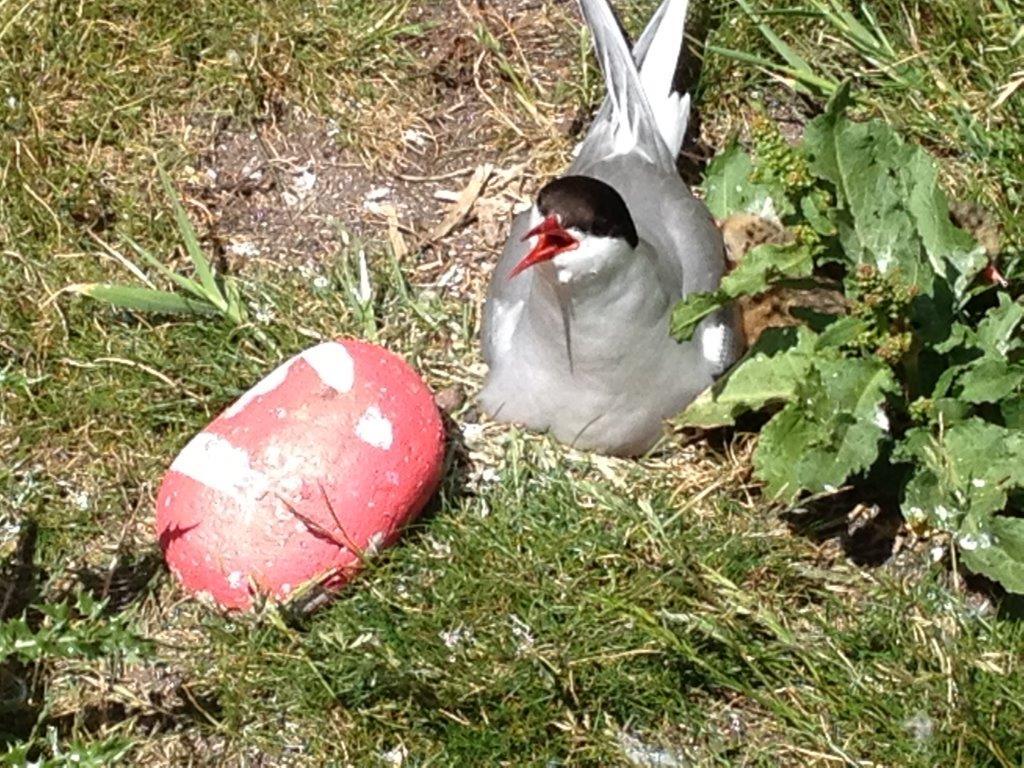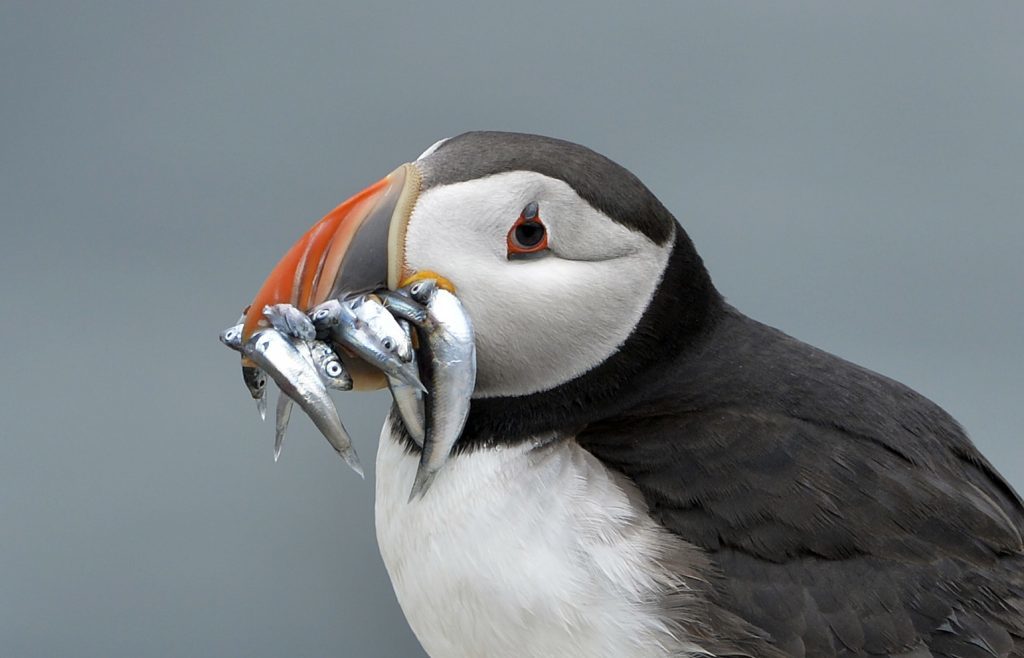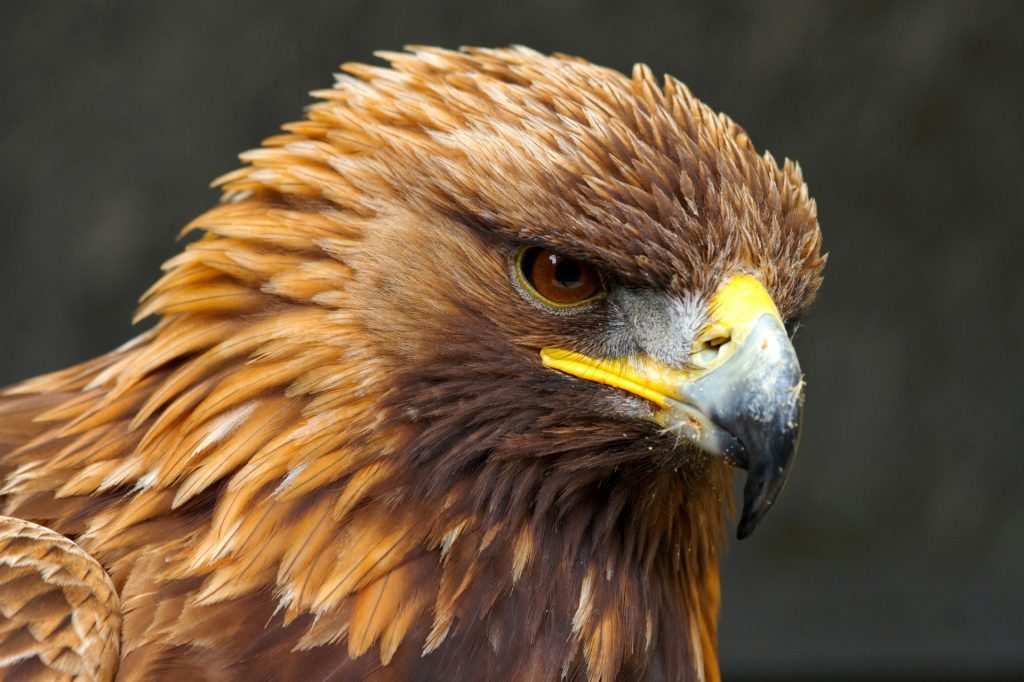So an arctic tern has been tracked on a migration round trip of almost 60,000 miles, and to read the headlines and the usual bombast-heavy television coverage, you would think that technology had just invented a cure for global warming.
Arctic terns have been travelling the world on extraordinary journeys forever, and all that has happened is that we have invented a way of measuring how far; all that has happened in terms of what we know about arctic terns is that the number has increased. Not 30,000 miles, 60,000.
But all the technology tells us is where it went and how many miles that is. Nature documentaries are increasingly bedevilled by technology. Almost all of them now spend part of their allotted span telling us how cleverly things were done, how this new piece of kit or this new digital gizmo permitted that sequence of film that no-one had ever seen before.
The ethos of such programme-making has changed. Celebrity has become necessary. The celebrity’s personality (or lack of it) has become the medium through which the viewer is required to look at nature. Nature takes second place.
The ordeal faced by the programme makers is more important than the workaday miracles that the lives of their subjects perform. We now know through this gizmo attached to the tern’s foot what terns have known forever. They don’t care about how many miles they have flown, they care about the journey, about food supplies, about finding their way back to their nesting grounds. There is nothing about that journey they don’t know. On the other hand, here are some of the things we don’t know:
We don’t know why this particular tern made such a long migration.
We don’t know if it is a regular occurrence or a one-off or an increasingly commonplace event, the nature of which is determined by the increasingly wretched condition of our oceans.
We don’t know why there are fewer terns. Fewer puffins. Fewer guillemots, razorbills, kittiwakes. We make stab-in-the-dark guesses about the movement of sand-eels and other prey species of small fish, probably influenced by global warming, by melting arctic ice, by rising sea temperatures, by grotesque and world-wide oceans of polluting garbage.
One tern makes one journey and we applaud ourselves for the technological wizardry that makes this new knowledge available to us. What are we to do with this new knowledge, other than file it away in the Guinness Book of Records or cough it up in a pub quiz?
Nature programmers, naturalists, and much of the world-wide army of the professional conservationist establishment, has become obsessed with technology as a means of measuring and quantifying what animals and birds do. This almost invariably involves attaching devices to the creatures in question, which is never done without causing distress to the creatures.
The excuse is that the information relayed by these various devices helps us to understand nature better so that we can help it There are many ways to help nature and I doubt if satellite technology would make it into a list of the top one hundred. Understanding that an arctic tern is capable of a round-trip of 60,000 miles tells us nothing at all that will help to stop the crashing numbers of seabirds.
Ringing golden eagle chicks, or attaching a tracking device to a wild adult bird after first trapping it and subduing in order to satisfy the needs of television producer does not help us to understand why people still shoot and poison eagles, or why the Scottish population is not rising despite the availability of suitable unoccupied habitat.
All the technological advances in the world will not reverse a process which has its seeds in human exploitation of natural resources. From the landscapes on our doorsteps to the waters of our own coasts to the continents and oceans and the icecaps of the world, the only planet we can ever seriously expect to live on grows more and more unhealthy because of the demands we make on it. Nature will recover when we stop disturbing it and wrecking its habitats.
Right here, right now, we can do two things. We can take a string of far-reaching initiatives to the landscape of Scotland, and almost all of them involve nothing more difficult than that we should stop doing certain things, give nature its head and let wildlife manage wildlife.
By our example we can encourage our neighbours to follow suit, and if you would like a referendum component to it all, Scotland-wide or Britain-wide conservation is fairly meaningless without it being a small part of Europe-wide conservation. As one of our political masters said not so long about something else, we’re all in this together. In this case, it happens to be true.
And the fact that one television programme and a bunch of headline writers get all a-twitter about one tern flying 60,000 miles doesn’t amount to a drop in the over-polluted, over-heating ocean.












